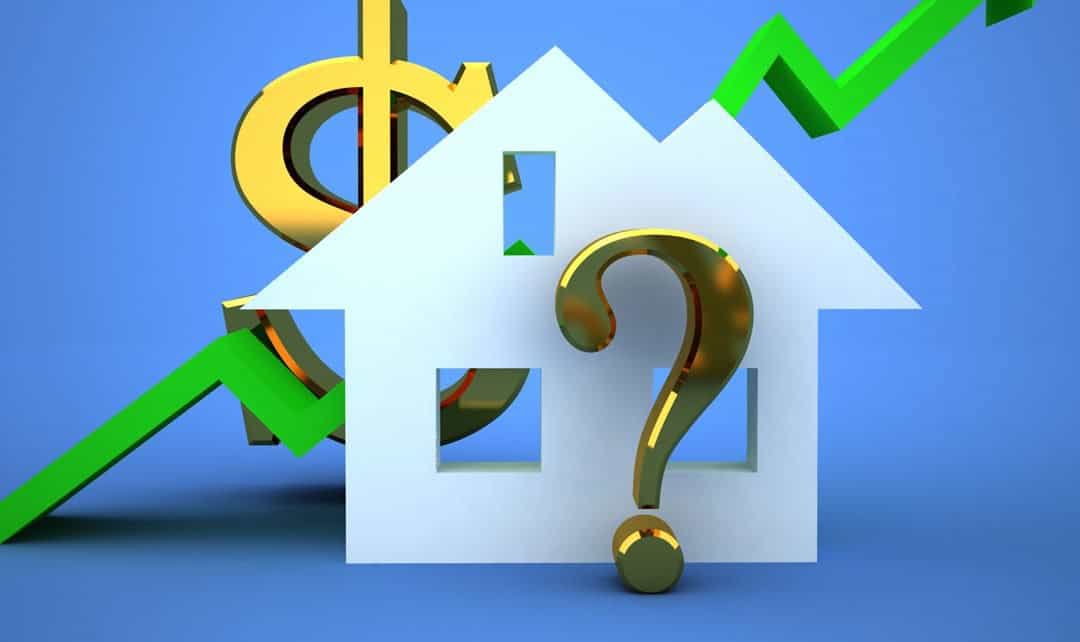Once upon a time, in a neighbourhood not so far far away, there lived two investors that chose differently. Who fared better? You be the judge.
On every edition of Tales of Two Investments, two different real estate investments will be weighed with the same scale. Let’s call it the “return on investment” scale. It focuses on how much profit someone’s initial investment is earning. The featured properties will always be actual properties for sale. We hope, in time, this will give you a new look on real estate investments and a new perspective on how to look for investments that are passive and profitable.
In this edition we look at two investors with almost the same downpayment and the same outcome but with wildly different trajectories.

Investor A
Investor A found a fully rented 12-unit property generating $250,000/year for an asking price of $4.5 million. The investor puts in 30 per cent = $1,350,000 as downpayment to make the purchase possible. At the end of the first year, this investment would leave him $25,000 in cash flow after all expenses including annual mortgage and building management for five per cent of the gross income.
The return on investment, AKA cash on cash, would be around two per cent ($25,000 made/ $1.35 million invested). In addition, by the end of year one, the tenants paid the mortgage in full. Which implies the investor owes $84,000 to $85,000 less of his loan to the bank. Assuming a yearly rental increased of two per cent, the cash flow gains $5,000. The average cash flow for the first and second year is $27,500. The average annual equity on the mortgage is $84,000.
In other words, the investment generates $250,000 to $255,00 a year and the investor keeps $110,000 – $115,000 out of that $255,000 in the form of cash flow and equity. $115,000 / $1.35 million invested = eight per cent total yield. Investor A is making eight per cent on his $1.35 million invested every year (not including appreciation), assuming the incomes and expenses remain constant.
Investor B
Investor B found a fully rented 20-unit property generating $255,000/year, asking $4 million. The investor put in $1.2 million (30 per cent) as downpayment to make the purchase possible. At $255,000 gross income, the cash flow is a negative $11,000 a year because the expenses are higher than the incomes. By the end of year one, tenants paid the mortgage in full and Investor B owes $77,000 less to the bank.
By the end of the second year, 20 units were renovated for $20,000 each, a total of $400,000. The units were mostly vacant on and off during renovations, creating a deficit of around $55,000 annually. The units were re-rented at a premium, putting the gross income at $315,000/y.
The new cash flow is now -$11,000 + $60,000 = $49,000/year. The total investment cost $1.2 million + $400,000 + $50,000 holding costs = $1,650,000. The average cash flow for the first and second year is $26,000. The average annual equity on the mortgage is $78,500. The investment makes $315,000/y, leaving the owner with $127,000/y in the form of $49,000 cash flow and $77,000 – $78,000 equity. $127,000 /$1.65 million invested = 7.5 per cent total yield.
A 0.5 per cent difference in ROI is not the key moral. One requires passive investing for 12 units, the other can offer more cash flow but requires 50 per cent more cash to come to fruition. The choice is yours. Are you a passive investor? Or active one? They both lead to the same place – seven to eight.
Antoine Saker has been in the real estate business for over a decade. During his university years, he started with small odd jobs to manage the family real estate business. He then got his realty license and learned up close about all types of real estate products. He found his calling in analyzing revenue properties and designed a unique tool Apex Realty Investments that can assist anyone with the same mindset.

















